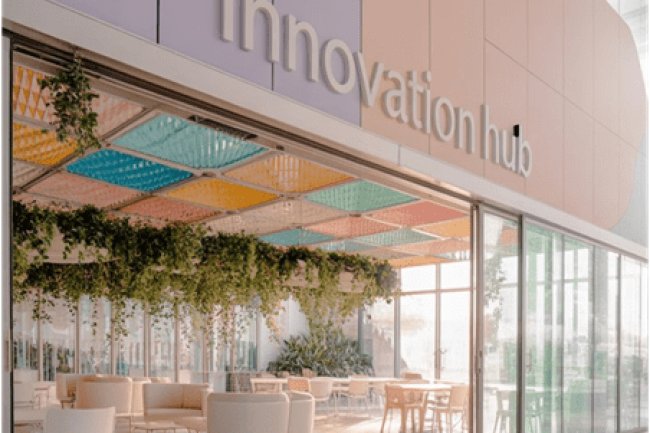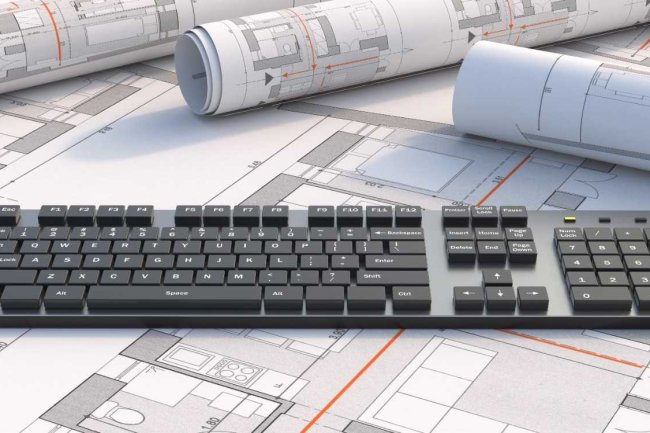Leveraging BIM for Energy Modeling in Sustainable Design
Welcome to an exploration of how Building Information Modeling (BIM) is revolutionizing energy analysis in sustainable architecture. Join us as we uncover how these powerful tools are helping architects

Understanding BIM and Energy Modeling Integration
Building Information Modeling (BIM) has transformed how we approach construction projects, offering a comprehensive digital representation of a building's physical and functional characteristics. When integrated with energy modeling, BIM becomes an even more powerful tool for sustainable design.
By combining these technologies, designers can analyze and optimize energy performance from the earliest project stages rather than as an afterthought. This integration allows for data-driven decisions that significantly impact a building's environmental footprint and operational costs.
Data IntegrationBuilding geometry, material properties, and systems specifications |
Real-Time AnalysisImmediate feedback on design changes allows for rapid |
Key Benefits of BIM-Based Energy Modeling
|
Enhanced Accuracy
BIM provides precise building geometry and specifications, resulting in more accurate energy simulations compared to traditional methods.
|
Early Decision-Making
Energy analysis from the conceptual design phase helps identify optimal strategies before major decisions are locked in.
|
|
Cost Reduction
Identifying energy-efficient solutions early minimizes expensive changes later and reduces long-term operational costs.
|
Improved Collaboration
BIM creates a shared platform where architects, engineers, and energy consultants can work together effectively.
|
At Consac, we've seen these benefits deliver real-world value, with many projects achieving 30–40% energy savings over baseline building codes.
Sustainable Design Elements Optimized Through BIM
|
|
Case Study: BIM Energy Modeling in Action
Project Overview
A mixed-use development in Seattle faced challenging sustainability targets while balancing budget constraints. The design team needed to achieve LEED Gold certification and a 40% energy reduction compared to ASHRAE baseline.
The BIM Approach
Using integrated BIM-energy modeling, the team tested multiple design scenarios in real-time during collaborative design workshops. The process allowed for immediate feedback on energy performance impacts of design decisions.
Overcoming common challenges in BIM energy modeling
|
Interoperability Issues
Data exchange between BIM and energy analysis software can sometimes result in translation errors or data loss. Consac has developed custom middleware solutions to ensure seamless information flow between platforms.
|
Model Complexity Management
Highly detailed BIM models may contain more information than needed for energy analysis, creating inefficiencies. Our team creates purpose-built analytical models that maintain accuracy while optimizing processing time.
|
Workflow Integration
Incorporating energy analysis into existing design processes requires careful planning. We establish clear protocols and touchpoints to ensure energy modeling informs design without disrupting project timelines.
|
Partner with Consac for Your Sustainable BIM Journey
Ready to unlock the full potential of BIM for energy modeling in your next green project? Consac offers end-to-end BIM energy modeling services tailored to meet your sustainability goals. Whether you're designing a new building or optimizing an existing one, our solutions are designed to enhance energy efficiency and environmental performance.
Our multidisciplinary team brings together expertise in architecture, engineering, and energy analysis to deliver high-performance building outcomes. From concept to construction, we collaborate closely with your team to ensure that sustainability is seamlessly integrated into every phase of your project.
What's Your Reaction?

















